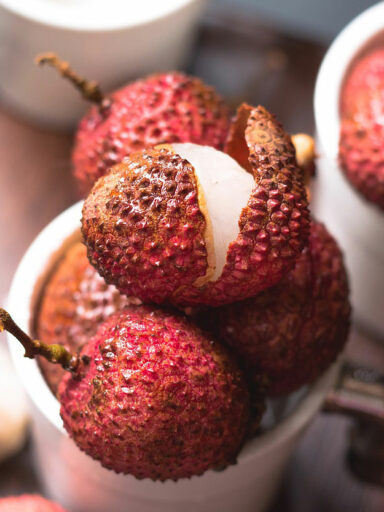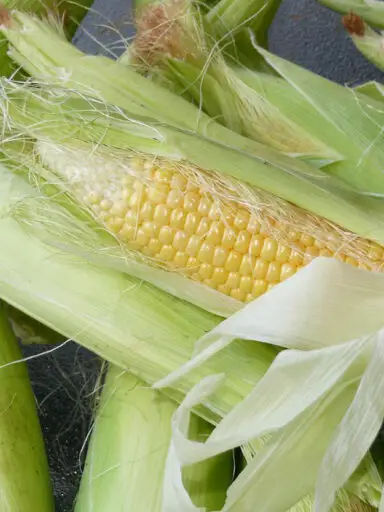Allspice, also popularly known as Jamaican pepper or pimento is the dried unripe fruit of the Myrtle. It is native to Central America, Greater Antilles, and Southern Mexico.
Allspice is also known by many other names depending on where one comes from. These names include myrtle pepper, pepper, pimenta, Turkish yenibahar, or newspice among others.
The allspice tree is an evergreen shrub that can grow up to 18 meters tall but is often found as a small bushy tree that can be grown as a houseplant in a pot or home garden. It does well in tropical and sub-tropical regions of the world and is susceptible to frost.
The seed is unique in that germination fails unless it is spread by birds where the seed passes through the guts.
This spice is widely used in Mexican and other Central American cuisines. It is an essential ingredient of Caribbean cuisine. It is an integral part of Caribbean jerk seasoning.
The green unripe berries are harvested and dried in the sun until they resemble dried peppercorns and measure about six millimeters in diameter and contain two seeds.
Allspice is available all year round in the form of corns or in powder form. It is better to buy the whole corns rather than the ground form as these preserve more flavor. The ground powder also suffers from the risk of being adulterated so the choice of where to purchase the spice matters.
The allspice can be kept for months and ground when needed. Ground allspice should be used as quickly as possible as it loses flavor. Therefore avoid buying large quantities at a time. At home, the ground powder can be stored in a refrigerator where it keeps much longer. The loss of flavor is attributed to the evaporation of the essential oils.
Using Allspice for Culinary Purposes
Add allspice to dishes at the final stage of cooking to preserve the most flavor. Allspice is one of the main ingredients in Jamaican jerk spice along with scotch bonnet peppers. This spice should be added to dishes according to instructions in the recipe, ideally at the last moment.
Allspice is also used in commercial sausage preparations and curry powder preparations. It is also used to season stew, meat, poultry, seafood, and sauce preparations. It is also found in soup, barbecue sauces, and pickling mixes.
It can also be used in dessert and salad dishes.
Nutritional Benefits
Allspice contains anti-oxidant properties and comes packed with 263 calories per 100 grams. It is very rich in dietary fiber and contains no cholesterol or saturated fats. It is rich in protein and carbohydrates as well as essential oils and fats. It is also rich in vitamins and minerals.
This spice is a good source of folates, niacin, and pantothenic acid. It also comes with great amounts of pyridoxine, riboflavin, and thiamin. It is a good source of vitamin A and is rich in vitamin C.
Allspice is a good source of potassium, phosphorus, and zinc. It is a rich source of copper, iron, and calcium. Also, magnesium and manganese can be found in large amounts in pimento.



